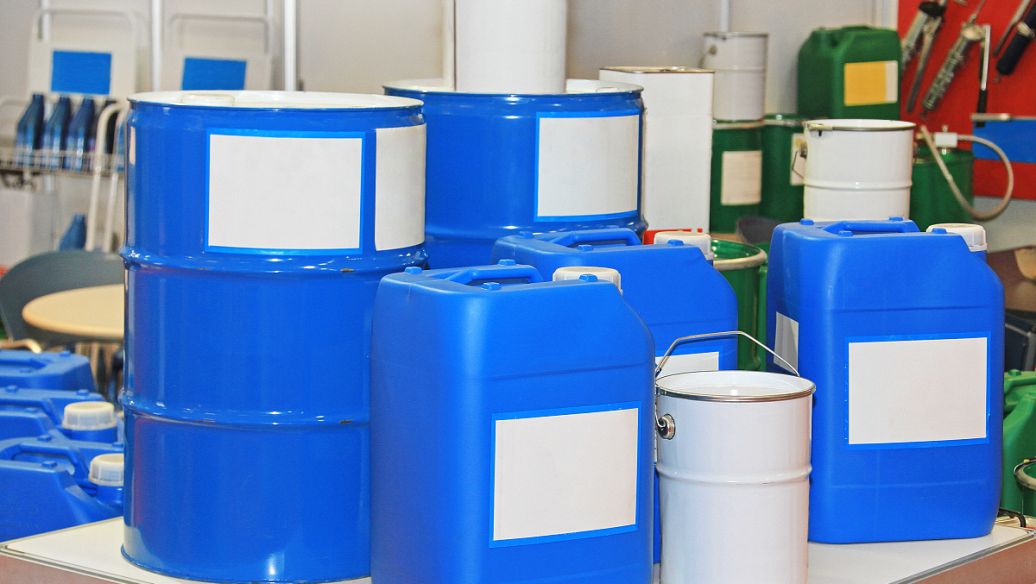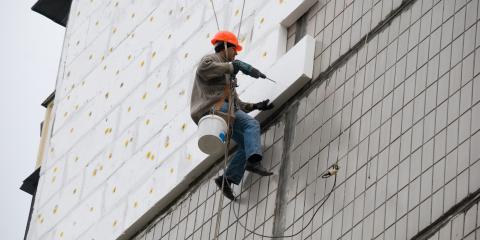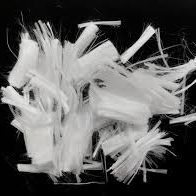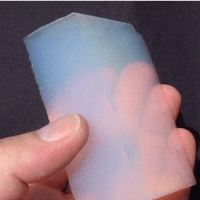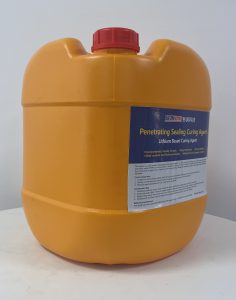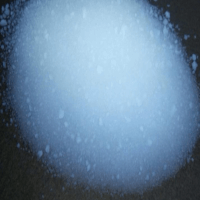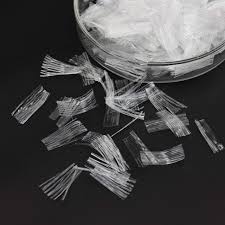Professional solutions on concrete addtives, Concrete Foaming Agent, Superplasticizer, CLC Blocks Additives, and foaming machine
(How to Measure the Quality of Foaming Agents?)
What are the factors affecting the quality of producing foamed lightweight concrete?
The key to foam lightweight concrete is the pore structure formed, and the key to the formation of pores is the hair agent. To obtain a pore structure that meets technical requirements, you must have a foaming agent and foaming equipment that meet technical requirements. In the production and preparation process, its quality is mainly affected by the following three factors.
1. Foaming agent
The foam produced by the foaming agent needs to have good stability. The foam liquid film is tough and has good stability under mechanical forced stirring. In addition, the water secretion and water retention properties of the foam must also meet the requirements, which can maintain the thickness and integrity of the foam liquid film for a long time, ensure the number and porosity of the lightweight concrete, and ensure the density of the foamed lightweight concrete. In this way, the performance of the foaming agent is a key factor in ensuring the performance of producing foamed lightweight concrete.
2. Foaming equipment
The smaller and more uniform the pore size of the foam is, the higher the strength of the foamed lightweight concrete produced. Different foam preparation equipment will produce different foam pore sizes and uniformities. Under the same raw materials and mix ratio, the strength of foam lightweight concrete prepared with 1mm foam pores is at least 20% higher than that of 3mm foam pores. The size of the foam produced cannot vary too much. Uniform foam can avoid the stress concentration effect at larger pores, thereby ensuring that the foamed lightweight concrete has better strength. When choosing foaming equipment, focus on equipment that produces pores with a pore diameter of 0.1-1mm. The more uniform the foam produced, the better.
3. Mixer
Foam and cement slurry are mixed to form foamed lightweight concrete. The mixer determines the mixing speed and uniformity of foam and cement slurry during the production process, affecting the retention rate and stability of the foam.
Methods for judging the quality of polyurethane foaming agents
1. If it is a gun-type polyurethane foaming agent, you can see the effect of the gun. When foaming, the sprayed foam should be smooth, not too thin or too thick. If it is too thin, the foam will not be big, and it will collapse. If it is too thick, it will appear as foam. The hair is dry and the foam shrinks easily;
2. Put the polyurethane foaming agent on the newspaper and apply a layer. The next day, check whether the two ends of this layer of foam are warped. If they are warped, it means the foam has shrunk. The higher they are warped, the more severe the shrinkage. If the two ends are not warped, the foam will shrink. Starting, the foam is good;
3. Cut the foam and look at the cells. If the cells are uniform and dense, it is a great foam. If the cells are large and the density is not so good, it is a defective product;
4. Look at the foam surface of the polyurethane foaming agent. The good foam surface is groove-shaped, smooth but not very shiny; the poor foam surface is flat and wrinkled;
5. Look at the size of the polyurethane foaming agent. Good foam will be full and round; poor foam will be small and collapse;
6. Press the foam with your hands. If the foam is elastic, it is a good foam; poor foam has no elasticity;
7. Look at the adhesion of polyurethane foaming agent. Good foam has strong adhesion, while poor foam has poor adhesion.
There are mainly three indicators: foamability, foam toughness, and bleeding.
Foamability reflects the foaming ability of foaming liquid, which can be indicated by foaming height and foaming multiple. The higher the foaming height and foaming multiple are, the stronger the foamability of the foaming agent is.
2. Foam toughness is the characteristic that the foam will not be damaged within a specified period of time in the air, which is often indicated by the half-damage time that how long will half of the foam be damaged, and the settlement distance that how much the foam column will settle in unit time. The longer the half-damage time is, the better the foam toughness is. The smaller the settlement distance is, the better the foam toughness is.
3. Bleeding refers to the volume of aqueous solution produced after foam is destroyed.
Characteristics of Various Foaming Agents
Commonly used foaming agents include protein based foaming agents, synthetic foaming agents, rosin foaming agents, etc. Different types of foaming agents have different foamability and the foams produced have different foam stability. Each type of foaming agents has its own limitations. For example,
The foam stability and the foaming multiple of rosin foaming agents are not so good, so it can only be used for foamed magnesite cement with the bulk weight more than 600㎏/m³, and cannot be used for the low-density foamed magnesite cement with the bulk weight less than 500㎏/m³;
The foamability and the foam stability of protein based foaming agents are relatively better, but the foaming viscosity is large, which is not conducive to mechanized production;
Compound foaming agents have better foamability and foam stability.
Supplier
TRUNNANO is a supplier of foaming agent and other additives for concrete, which is concrete and relative products with over 12 years experience in nano-building energy conservation and nanotechnology development. It accepts payment via Credit Card, T/T, West Union and Paypal. Trunnano will ship the goods to customers overseas through FedEx, DHL, by air, or by sea. If you are looking for high-quality foaming agent and other additives for concrete, please feel free to contact us and send an inquiry. (sales@cabr-concrete.com).
(How to Measure the Quality of Foaming Agents?)


